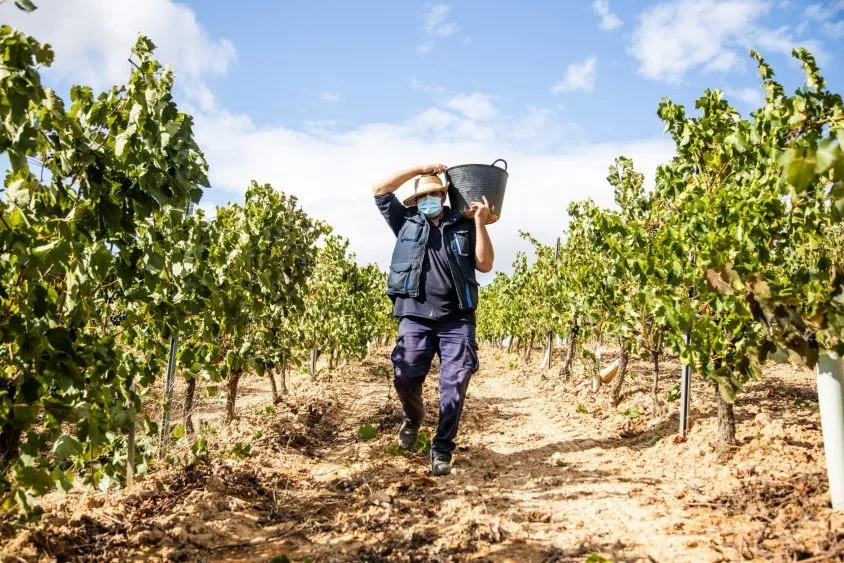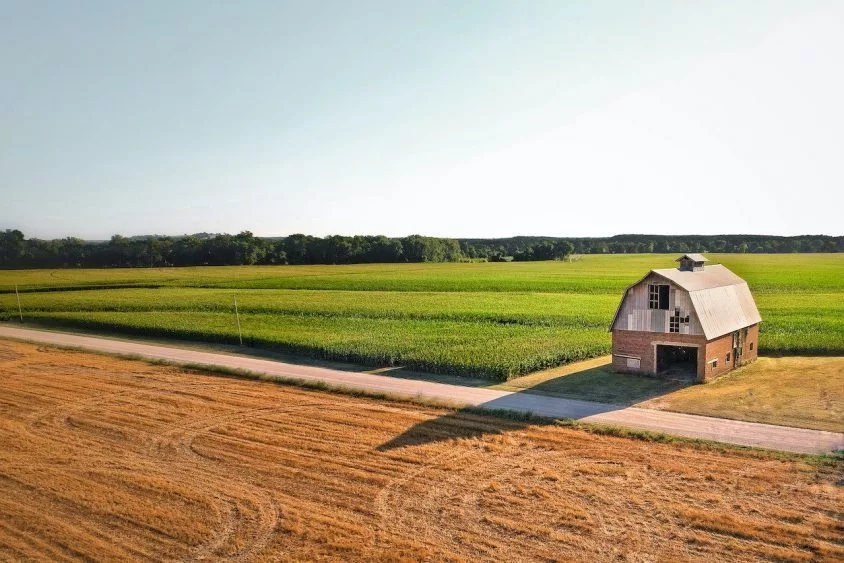
Ankeny, Iowa — Rural bridges are a major component of the initial link in the agricultural supply chain. Farmers utilize rural bridges to transport soybeans and grain from the farm to the local delivery location. The subsequent links in the agricultural supply chain will involve highways and interstates, freight railroads, inland waterways, and ports. All of those links are essential to farmer profitability, but if farmers do not have access to well-maintained rural bridges, the other links in the supply chain fade in importance. If soybeans cannot take the first step in their marketing journey, the following steps will not occur.
Unfortunately, when it comes to rural bridges, the needs are significant, but the resources are limited. A rural bridge can easily cost $250,000 to $1 million while the total amount of annual funding to the county from federal, state, and local sources is often around $500,000 to $1.5 million. Given how a single rural county can often have 200-400 bridges, the need to address the challenge of maintaining and enhancing rural bridges must be addressed from the cost side of the equation and not just the revenue side. The Soy Transportation Coalition (STC) recently partnered with a rural county to highlight an innovative concept that will provide significant cost savings while maintaining safety.
In 2024, the STC partnered with Buchanan County, Iowa, in the construction of one of the longest railroad flat car bridges in the country. Measuring 135 ft. in length by 28 feet in width, the bridge utilized six retired railroad flat cars in its construction. The final cost to construct the bridge was $300,000. If the county employed more traditional construction methods for the bridge, the cost would have been approximately $900,000. The county therefore saved approximately $600,000 by utilizing the railroad flat car method. Construction of the bridge commenced on May 14th, 2024, and concluded on August 27th, 2024. Brian Keierleber, Buchanan County Engineer and the entire team at the Buchanan County Secondary Roads Department have been national leaders in utilizing innovative concepts for bridge and road construction – saving area taxpayers millions of dollars while maintaining safety and access to the public.
“My first priority as a county engineer is maintaining and improving public safety,” says Brian Keierleber. “Other important priorities for our team are to maintain access to the infrastructure network while being a good steward of taxpayer dollars. Unfortunately, the economic reality is that rural counties have a large quantity of rural bridges to maintain and improve while having access to stagnant and, often, declining resources to accomplish this task. The math simply does not add up. It is therefore critical that county engineers and other rural stakeholders explore and promote more cost-effective approaches to repair and replace rural bridges without compromising safety. Necessity is the mother of all invention.”
Buchanan County assumed the cost of the bridge construction. The STC provided $15,000 to help offset the costs of pre-engineering and design. The STC also assumed the cost of positioning a video camera to capture the entire process of constructing the bridge. The two-minute time lapse video of the bridge construction can be accessed at: https://app.truelook.cloud/video?code=apd51nxkhwmrl7oavfdeal8nw.
“Some areas of rural America depend more on rail transportation. Other areas depend more on river transportation. However, all areas of rural America depend on a well-maintained system of roads and bridges,” says Mike Koehne, a soybean farmer from Greensburg, Indiana, and chairman of the Soy Transportation Coalition. “The Soy Transportation Coalition is very supportive of these innovative approaches to repairing and replacing rural bridges, but the reality is that many areas of the country are not familiar with them or are hesitant to try anything new. Our goal in supporting this project in Buchanan County is to increase awareness of these type of approaches and to encourage rural areas to utilize them in the future.”
The use of railroad flat cars to replace rural bridges has been analyzed and validated by reputable universities and research institutions. Buchanan County alone has replaced 34 bridges over the past twenty years utilizing the railroad flat car method. Earlier this year, the North Carolina Department of Transportation announced it had replaced 40 bridges via the railroad flat car method in response to the infrastructure damage from Hurricane Helene. The North Carolina Department of Transportation announced the replaced bridges cost one-third of the normal cost of replacement.
The STC’s support of this project is a continuation of the organization’s earlier 2021 report, “Top 20 Innovations for Rural Bridge Replacement and Repair.” Railroad flat car bridges were one of the concepts prominently featured in the report. The “Top 20” report includes numerous other bridge replacement and repair concepts that have been implemented in areas throughout rural America and have demonstrated significant cost savings. The full report can be accessed at:
“There has clearly been a renewed focus this year on government efficiency and the need to practice good stewardship of taxpayer dollars,” explains Mike Steenhoek, executive director of the Soy Transportation Coalition. “The condition of our nation’s rural bridges is a problem we simply cannot spend our way out of. We need to promote ways to make the taxpayer dollar stretch further without compromising safety. The use of railroad flat cars and other innovative approaches is an opportunity to immediately achieve efficiency and cost-savings. Soybean farmers look forward to continuing to work with rural stakeholders in making this a reality.”



